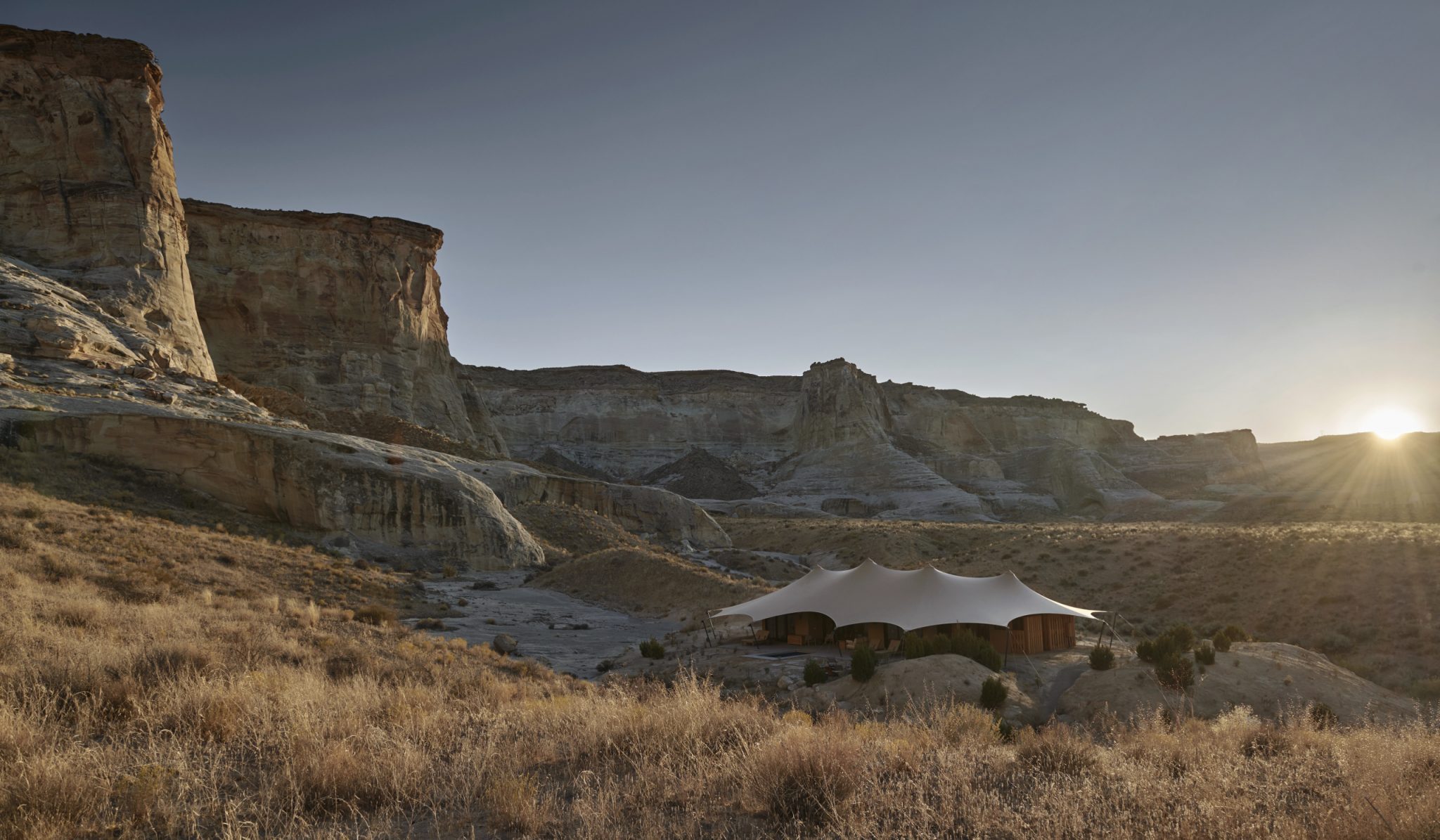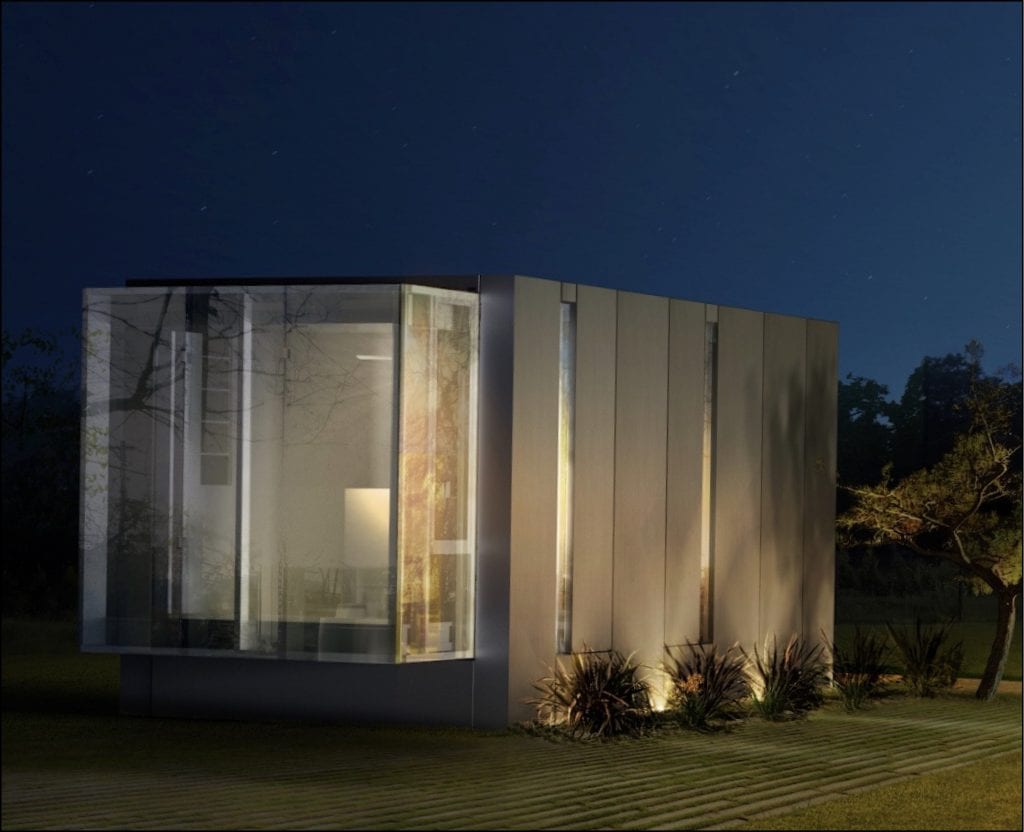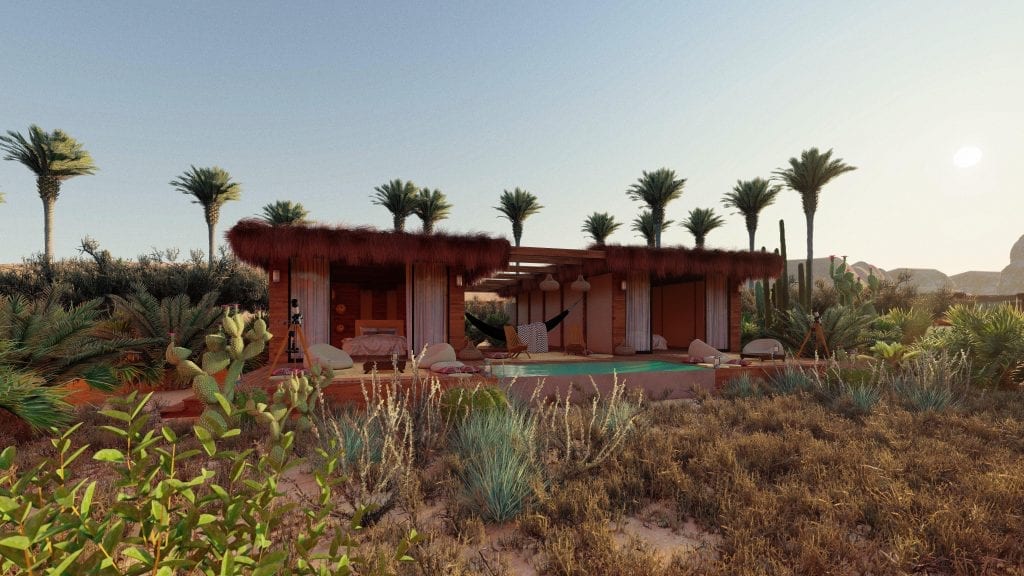Skift Take
The pandemic has changed owner-investor behavior. It has also changed what customers want out of luxury hospitality. What are the new models that are well-positioned for growth as the sector rebuilds? Here's a look at some potentials.

On Experience
Colin Nagy, a marketing strategist, writes this opinion column for Skift on hospitality and business travel. On Experience dissects customer-centric experiences and innovation across the luxury sector, hotels, aviation, and beyond. He also covers the convergence of conservation and hospitality.
You can read all of his writing here.
A year ago, I wrote about the importance of sensory elements in luxury hospitality. It turned out to be prescient. Not surprisingly, after months of confinement, priorities are re-aligned and traveler behaviors at every spectrum of the industry are valuing fresh air, space, and a connection to nature. But as with many things in the travel space, something that is an insight turns into a commodity trope at the speed of light. And these observations have been now battered into our heads. They aren’t new.
However, what is new is the fact post-Covid will also realign the way hospitality spaces are conceived and constructed. If we are moving out of the arms race of highly leveraged, luxury developments each trying to outclass one another with 40 euro glasses of Champagne, what could we be moving into? How will building and construction take into account new guest preferences, alongside lighter-touch constructions and also a move towards more environmental sustainability? The following are three examples to watch that I’ve been observing.
Join Us For Our Skift Design The Future Online Event November 12
Hybrid constructions and the rethinking of canvas
A brand that perfectly encapsulates this zeitgeist is Luxury Frontiers, one of the most interesting, progressive thinkers when it comes to the future of hospitality design. Founded by Luca Franco, the company has been partnering with resorts to create architecturally differentiated projects. Though they are born of canvas and wire, they feel futuristic, unique, and have the benefit of sitting harmoniously in their environments. The brand has worked with Four Seasons, One&Only, Six Senses, and Belmond and their recent project in Utah serves as a strong statement of intent. They worked with Aman at the brand’s Utah property, Amangiri, to make a series of tented pavilions called Camp Sarika that sit nestled next to the color-shifting rock structures of the Colorado Plateau.
According to the Luxury Frontiers team, it isn’t just about the physical structures: it is the depth they go to understand the “physical, geographical, and ecological aspects of the destination (among them: landform, geology, water movement, terrain conditions, stability to the flora and fauna, habitat dynamics, and pollution risks).”
When paired with the hospitality and environmental stewardship of Aman, it creates a different experience: you feel the air, you feel a closer connection to nature, and you’re not cocooned and isolated from your surroundings. This project is a rare example of futuristic architecture thinking, nature as an incredible supporting actor, and a perfectly-timed view of what consumers will want from Aman. The work of Luxury Frontiers is worth keeping your eye on, notably their other project in Costa Rica, Nayara Tented Camp.
Modular construction and industrial design
A few years back, a startup called Kasita won accolades from their “tiny house.” It was a marvel of industrial design and design critics like Fast Company fell in love. Problem was, it was a concept without a truly scalable business model, despite the charismatic founder and incredible industrial design. Now, a group of Austin-based investors have bought the company and will pair this approach of perfectly formed “Kasitas” arranged together to form a new hospitality concept under the same name. This is interesting for several reasons: One, everyone has their own private space: no shared hallways, no shared corridors, etc.
The spaces are sleek, warm, and light-filled but pleasantly isolated from others, relevant for a pandemic (and newly post-pandemic world). It is as if the German industrial designer Dieter Rams made a hotel. Second, similar to a concept like Silvercar, you know exactly the product you are going to get. There’s no upsell, there’s no being surprised by the bad room by the elevator. Everything is good. Finally, its approach means it is modular like Legos. It could be a larger footprint with 50-100 keys in an urban environment, or it could be a smaller tuck-in type approach bolted onto a destination F&B experience.
Its business model is also smart: because you’re not building a huge, permanent structure, it allows for land banking: allowing owners to monetize a piece of land for some time. This will be the case for the brand’s first property set to open in the first quarter of 2021, on an unused parcel of land next to South Congress in Austin, followed by a property in Marfa.
Habitas: 3D printing
I’ve been keeping an eye on Habitas, which has been opening properties in interesting places like Namibia. They’re seeking out natural settings and emphasizing sustainability when it comes to construction. Their approach isn’t the typical PR lip service: they are differentiated in that they are the developer, owner, architect, engineer, management company, and operator of their properties, and thus, more able to push the envelope of new ideas. They developed an innovation lab in Merida, Mexico where they utilize modular construction and 3D printing technology to create future developments. According to Oliver Ripley, Habitas co-founder and CEO, “these rooms are designed, constructed, flat-packed from Merida, and delivered to new locations worldwide. As a result, the development cycle is four to five times faster than traditional hotels. Typically up to 80 percent of Habitas’ properties are modular.”
The aforementioned property, Habitas Namibia, soft-launched in March 2020 and will reopen this December. The brand plans to launch two new properties – Habitas Bacalar (on the Mexico/Belize border) and Habitas Todos Santos in addition to a Middle East property, Habitas AlUla, located in Saudi Arabia’s AlUla governate in the northwest part of the country.
None of these businesses were started with a pandemic in mind, they existed beforehand. But now, as owners re-think their desire for large, immersive permanent structures (and the leverage they require) and want to move faster, and consumers want to be closer to nature, in places that have respect for the environment and their communities, I’m predicting these three approaches will find lots of new interest.
Register Now For Skift Design The Future Online Event, Happening Online November 12
The Daily Newsletter
Our daily coverage of the global travel industry. Written by editors and analysts from across Skift’s brands.
Have a confidential tip for Skift? Get in touch
Tags: coronavirus, design, hospitality, On Experience
Photo credit: Camp Sarika at Amangiri Amangiri,


